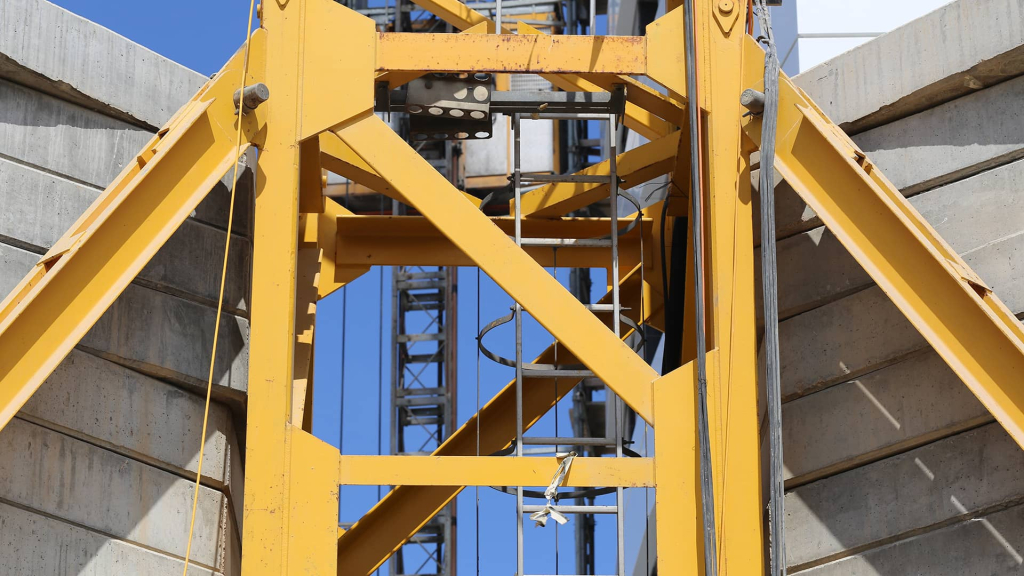
Embedding DAABs in Indonesia’s Infrastructure Boom
Indonesia’s infrastructure ambitions are vast, complex, and accelerating. From toll roads and high-speed rail to renewable energy and port developments, the country’s pipeline reflects both scale and diversity. But with opportunity comes risk, driven by regulations, involvement of state-owned enterprises, and cultural challenges.
In this context, Dispute Avoidance and Adjudication Boards (DAABs) are not a procedural formality but a strategic necessity. When deployed early and used proactively, DAABs help keep projects on track, while reducing costs and preserving commercial relationships.
Indonesia is one of the most dynamic infrastructure markets in the Asia-Pacific region. With a government committed to large-scale connectivity, energy transition, and industrial development, the country offers compelling opportunities for international contractors, investors, and project sponsors.
Flagship initiatives such as the Trans-Sumatra toll road, the Jakarta-Bandung high-speed rail, and a growing pipeline of renewable energy and port projects reflect both the scale of ambition and the diversity of delivery models in play. These projects are increasingly backed by foreign direct investment, multilateral development financing, and cross-border joint ventures.
But opportunity brings complexity. Projects in Indonesia operate within a multilayered regulatory environment, often involving state-owned enterprises (BUMNs), local content requirements, and varying levels of institutional capacity. Managing this complexity, contractually, culturally, and commercially is critical to successful delivery.
In this environment, dispute risk is not theoretical. It is structural. And that makes the role of Dispute Avoidance and Adjudication Boards (DAABs) not just relevant, but essential.
DAABs in the Context of Major Infrastructure Projects
DAABs are well-established in international contracting, particularly within the FIDIC Contracts and are a standard requirement in projects funded by multilateral development banks such as the World Bank, Asian Infrastructure Investment Bank, Asian Development Bank, as well as bilateral agencies from China, Japan, and South Korea.
On many Indonesian mega-projects such as Batang Toru hydropower or Jakarta’s MRT, FIDIC compliant contracts call for the appointment of a standing DAAB at project commencement, with regular engagement throughout the lifecycle. The intention is clear: to provide a neutral, informed body that can both resolve disputes and prevent them from arising in the first place.
In practice, however, implementation can be uneven. Some boards are appointed late or not at all. Others are treated as adjudicative bodies only called upon when tensions have already escalated, rather than as active participants in project governance. Where unfamiliarity exists, DAAB recommendations may be viewed with hesitation or sidelined altogether.
These outcomes do not reflect a flaw in the model itself, but rather a missed opportunity to extract its full value.
Why DAABs are well suited to Indonesia’s evolving Infrastructure Landscape
Indonesia’s infrastructure program is among the most ambitious in ASEAN. It is increasingly delivered through consortia involving international contractors, domestic stakeholders, and foreign-financed institutions. The contracting and risk profiles are correspondingly complex.
Disputes in this space are rarely confined to straightforward claims. Instead, they may involve:
- coordination challenges between international consultants and local implementing agencies;
- land acquisition and permitting issues under domestic frameworks;
- scope change risks arising from engineering refinements or regulatory delay; and
- contractual misunderstandings stemming from differences in language, practice, and interpretation.
In this environment, DAABs can provide more than just a dispute resolution mechanism. Their value lies in:
- Continuity, as standing boards develop a deep understanding of the project context;
- Proactivity, through regular site visits, informal issue-spotting, and early engagement;
- Neutrality, offering trusted insight in settings where multiple legal traditions and expectations intersect.
Importantly, DAABs operate in real time. While many of these projects may ultimately be governed by international arbitration seated outside Indonesia, it is the DAAB that first hears the issues, understands the dynamics on the ground, and can help steer the project away from protracted formal proceedings.
Strengths and Growing Maturity in Local Practice
There is a growing recognition within Indonesia of the importance of timely, context-aware dispute management. On several recent projects, DAABs have been successfully deployed not just to determine disputes but to defuse them.
In particular, Indonesian legal and technical professionals are increasingly participating in DAAB roles or supporting project teams in navigating the process. This signals a maturation of domestic capacity and a growing confidence in the model.
Contracting parties, particularly international sponsors and lenders are also placing greater emphasis on early DAAB appointment and meaningful engagement. This alignment is essential if DAABs are to function as intended under FIDIC and MDB frameworks.
Remaining Challenges and the Path Forward
Nonetheless, challenges remain. In some cases, DAABs are still appointed too late or activated too narrowly. Misunderstandings may persist around their role versus that of the Engineer, or around the enforceability of their determinations, especially where Indonesian law intersects with international contract terms.
Cultural factors also play a part. Hierarchical project structures, and the prominence of BUMNs, can make it difficult to fully embrace informal dispute avoidance mechanisms, particularly if they are perceived to encroach on managerial discretion.
However, none of these barriers are insurmountable. What is needed is:
- Clear contractual drafting, aligning DAAB procedures with Indonesian regulatory expectations;
- Early appointment, giving the Board the opportunity to understand the project and build trust;
- Capacity-building, so that project teams both local and international are equipped to work effectively with the DAAB from the outset; and
- Alignment between funders, owners, and contractors around the strategic value of dispute avoidance.
Conclusion: Turning the Clause into a Capability
Indonesia does not lack the contractual framework to support DAABs. Nor does it lack the need – the complexity of its infrastructure pipeline demands it. What is needed now is a shift from procedural compliance to intentional deployment.
DAABs, when used as designed, help projects stay on track. They limit disruption, reduce costs, preserve relationships, and support successful delivery. Used poorly or not at all, they become just another clause in a contract, and just another lost opportunity when a dispute escalates. Indonesia is not new to DAABs. But it is now in a position to lead the region in using them well.










